Drop, Shock, and Roll

This module explores the use of shock-absorbing devices to help land astronauts safely. Our astronauts are in trouble and need help landing their rocket, but the shock-absorbent device is malfunctioning! The aerospace engineers propose the design and creation of a new shock-absorption device. They are asking our student engineers to pitch their design and prototype to a committee. The committee will be looking for a creative and cost-effective design.
The Design Challenge
Step 1. Create a shock-absorbent device with a budget of one million dollars!
Step 2. Use the Drop, Shock, and Roll Budget Handout (linked below in the materials section).
Step 3. Create a 2-3-minute video pitch of your cost-effective shock-absorbent device that can land two astronauts safely from a drop height of 6 feet.
After this module you will be able to:
- Explain the use and purpose of shock-absorbing devices found in various systems including cars, buildings, and shoes.
- Design and construct a shock-absorbent device that lands two passengers safely from a drop height of 6 feet.
- Evaluate and redesign your design based on testing results using the Engineering Design Process.
- Present your findings in a 2-3-minute advertising pitch which showcases your shock-absorbent device.
NGSS Science & Engineering
- MS-ETS1-1: Define the criteria and constraints of a design problem with sufficient precision to ensure a successful solution, considering relevant scientific principles and potential impacts on people and the natural environment that may limit possible solutions.
- MS-ETS1-3: Analyze data from tests to determine similarities and differences among several design solutions to identify the best characteristics of each that can be combined into a new solution to better meet the criteria for success.
- MS-ETS1-4: Develop a model to generate data for iterative testing and modification of a proposed object, tool, or process such that an optimal design can be achieved.
Materials
The prototype for your shock-absorbent device can be built using common household materials including but not limited to the list presented below which provides some ideas and suggestions for materials that can be used.
Please use the Drop, Shock, and Roll Budget Handout to keep track of your expenditures.
- Cardboard
- Styrofoam
- Straws
- Craft materials (suggestions: craft sticks, foam paper, construction paper ribbon)
- Pipe cleaners
- Balloons
- Note cards
- Foil
- Adhesives (suggestions: tape, glue, Velcro tape, masking tape)
- 2 passengers (suggestions: marshmallows, marbles, small erasers)
- Rubber bands
- Plastic cup
- Aerodynamic materials (suggestions: paper, plastic shopping bags)
- Spring-like objects (suggestions: slinky, pen spring)
- Sturdy, but light, materials to use as a foundation
- Drop, Shock, and Roll Budget Handout
Safety
Please perform the shock-absorption device drop under adult supervision. Moreover, please have an adult present for the use of any sharp objects during the build process.
Activity
Watch the video below.
Dig Deeper
Read More
Did you know… That shock-absorbing systems were used in the landing of a Mars Rover by NASA? Read about the Curiosity rover. Also, learn more about the Perseverance rover.
Did you know… That shock-absorbing systems help save lives and support structures during earthquakes?
Did you know… Helmets are designed to absorb shock? Read more about helmet designs.
Try This
Research an engineer whom you identify with and create a way to display your findings (video, drawing, slide, poem, skit, etc.)
Watch This
Did you know… NASA's Curiosity rover is a 1-ton robot that made an unprecedented Mars landing in 2012. Watch a video about the 7 minutes of terror leading up to the landing.
Did you know… Communication between Earth and the rovers on Mars is very important for successful missions. Watch an animated video to learn more here.
Did you know… A shock absorber (or "damper") is a mechanical or hydraulic device that is designed to absorb and damp shock impulses. Learn More
Did you know… Cars have shock absorbers, too? Learn More (Recommended for High School level)
Show What You Know
Meet Our Expert
Brian Shedd, Ph.D., is currently the Director of Licensing for the University of Houston’s Office of Technology Transfer and Innovation. Prior to joining UH, he founded Precision Technology Consulting, a freelance consulting company providing technology commercialization assistance to companies and research institutions. He has also worked in university technology transfer roles at the University of California, Los Angeles (UCLA) and Louisiana State University. He received his M.S. and Ph.D. in Mechanical Engineering from UCLA. Brian is a native of Baton Rouge, Louisiana, but has lived and worked across the U.S. and internationally.
Meet The Teachers

Dr. Mariam Manuel
Executive Director, teachHOUSTON STEM Interactive
Clinical Assistant Professor, teachHOUSTON, Department of Mathematics, University of Houston
Dr. Mariam Manuel is a proud graduate of the University of Houston and was part of the inaugural class of the teachHOUSTON Program during its inception in 2007. She earned her Ph.D. in STEM Education through Texas Tech University, and her research interests include STEM teacher education, engineering design education, and culturally responsive pedagogy. Dr. Manuel also teaches a course that connects middle school physics content with inquiry-driven instructional strategies and teaches graduate level coursework in Engineering Design Education, for the UH STEM Master’s program.
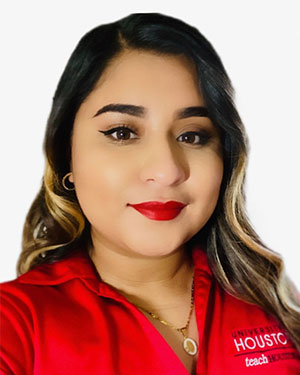
Wendy Argueta
Biology Teacher, Lamar High School, Houston Independent School District
University of Houston, College of Natural Sciences and Mathematics, teachHOUSTON Alumna
Wendy is a certified Biology teacher at Lamar High School. She earned a Bachelor of Science in Biology from the University of Houston and is a proud teachHOUSTON alumna. She is a recipient of the Noyce Scholarship and presents at national conferences. She is passionate about bringing equity to her classroom and building long-lasting relationships with her students. Her lessons incorporate culturally responsive pedagogy as well as the Engineering Design Process. She is the sponsor of a women’s empowering club, Girls at Lamar, whose goal is to uplift women and expose young girls to professional women in the STEM field.
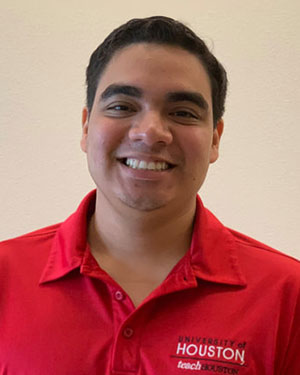
Benito Toscano
Mathematics Major, teachHOUSTON Student Teacher, University of Houston, College of Natural Sciences and Mathematics
Benito is an undergraduate student at the University of Houston. He is majoring in mathematics, while obtaining his teaching certification through the teachHOUSTON Program. He is a Noyce Scholar and has attended various conferences to learn more about how to improve his teaching pedagogy. He will student teach next semester and will be a full-fledged teacher starting in the spring semester of 2021.
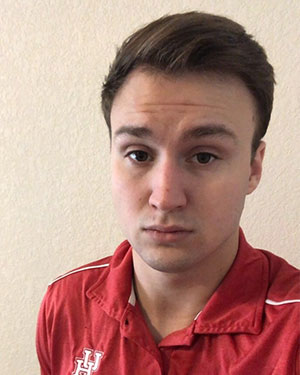
Dalton Kozak
Mathematics Major, Computer Science Minor, teachHOUSTON Preservice Teacher, University of Houston, College of Natural Sciences and Mathematics
Dalton is an undergraduate student at the University of Houston. He is majoring in Mathematics and minoring in Physics while obtaining his teaching certification through the teachHOUSTON Program. Dalton is on the Dean’s Distinguished Scholars List. He also does research in the mathematics department on Linear Algebra/Matrix Theory Development in Big Data and Machine Learning. He wants to go to graduate school for Theoretical Mathematics and get a Ph.D. in order to be a professor at a university. He has a particular interest in Number Theory and Complex Analysis.
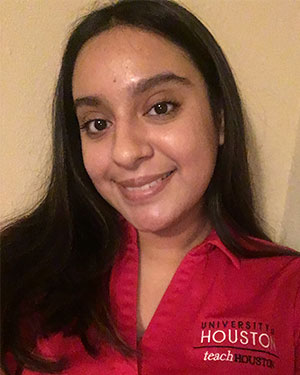
Lizbeth Galindo
Mathematics Major, teachHOUSTON Preservice Teacher, University of Houston, College of Natural Sciences and Mathematics
Lizbeth is an undergraduate at the University of Houston. She is majoring in Mathematics and obtaining teacher certification through the teachHOUSTON Program. She wants to attend graduate school and get a Ph.D. in education, in hopes of becoming an administrator in the future.
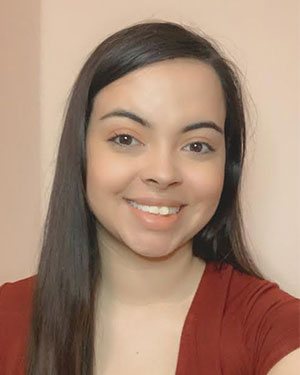
Leslie Trevino
Chemical Engineering Major, Computer Science Minor, teachHOUSTON Preservice Teacher, University of Houston, College of Natural Sciences and Mathematics
Leslie is an undergraduate student at the University of Houston. She is majoring in Chemical Engineering with a minor in Computer Science, while obtaining teaching certification through the teachHOUSTON Program.
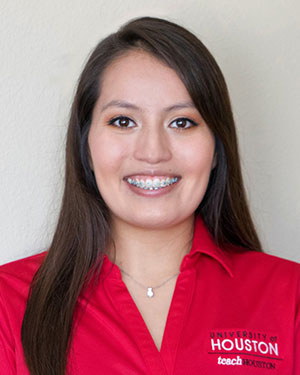
Brenda Chavez
Mathematics Major, teachHOUSTON Preservice Teacher, University of Houston, College of Natural Sciences and Mathematics
Brenda is an undergraduate student at the University of Houston. She is pursuing a degree in Mathematics while also obtaining her teaching certification through the teachHOUSTON Program.
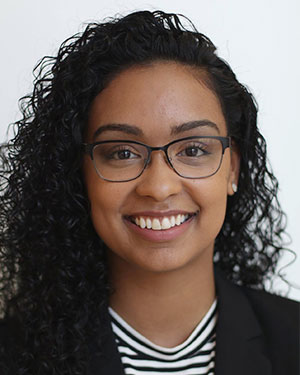
Liandra Larsen
teachHOUSTON STEM Interactive Video Editor
Liandra is a Research Graduate Assistant for the teachHOUSTON Program. Currently, she’s pursuing her Ph.D. in Higher Education Leadership and Policy Studies at the University of Houston. Her research interests include improving the university experience for first-generation and transfer students. In her spare time, she enjoys dancing, binge-watching shows on Netflix, and overspending at Target.
- https://gfycat.com/angryringedalligatorgar
- http://tuhinternational.com/2012/06/24/challenges-of-getting-to-mars-curiositys-seven-minutes-of-terror/
Dig Deeper Sources
- https://spaceplace.nasa.gov/mars-curiosity/en/
- https://spaceplace.nasa.gov/mars-2020/en/
- https://spinoff.nasa.gov/Spinoff2015/ps_2.html
- https://kids.kiddle.co/Helmet
- https://youtu.be/h2I8AoB1xgU
- https://youtu.be/7ItDwLuPOAk
- https://www.youtube.com/watch?v=TiMrKcEf12c
- https://www.youtube.com/watch?v=c36X6VQtlIc